How Denmark won / Denmark
Design DNA
Creative problem solving permeates every aspect of Danish life. From start-ups and industrial giants to students and workers, everyone benefits from thoughtful design. But how did we get here? And what happens next?
Since the turn of the 20th century, design has a been a strong export for Nordic countries. Denmark, Finland and Sweden have been particularly fruitful, producing creatives such as Arne Jacobsen, Eero Saarinen and Svenskt Tenn’s Estrid Ericson, respectively. But, in recent years, Denmark has emerged as the standout leader in the region.
In Sweden, the Stockholm Furniture Fair, the region’s industry gathering of choice, has in the words of Stockholm mayor Karin Wanngård, “had a couple of difficult years”, which has resulted in the city opting to sell the fairgrounds.
Finland, meanwhile, after exporting the likes of Alvar and Aino Aalto, is now seeing its brands and fairs actively up the ante: heritage glassware specialists Iittala recently went through a rebrand to appeal to a more international audience. Meanwhile, Helsinki’s flagship fair, Habitare, introduced a globally focused trade section at its 2023 edition in an effort to attract visitors from across the world. All of this begs the question: in a contest to determine the Nordic’s top design powerhouse, would Denmark now win?
Great Danes
The legacy names, innovative studios, visionary designers and creative agencies augmenting the country’s long-established design scene
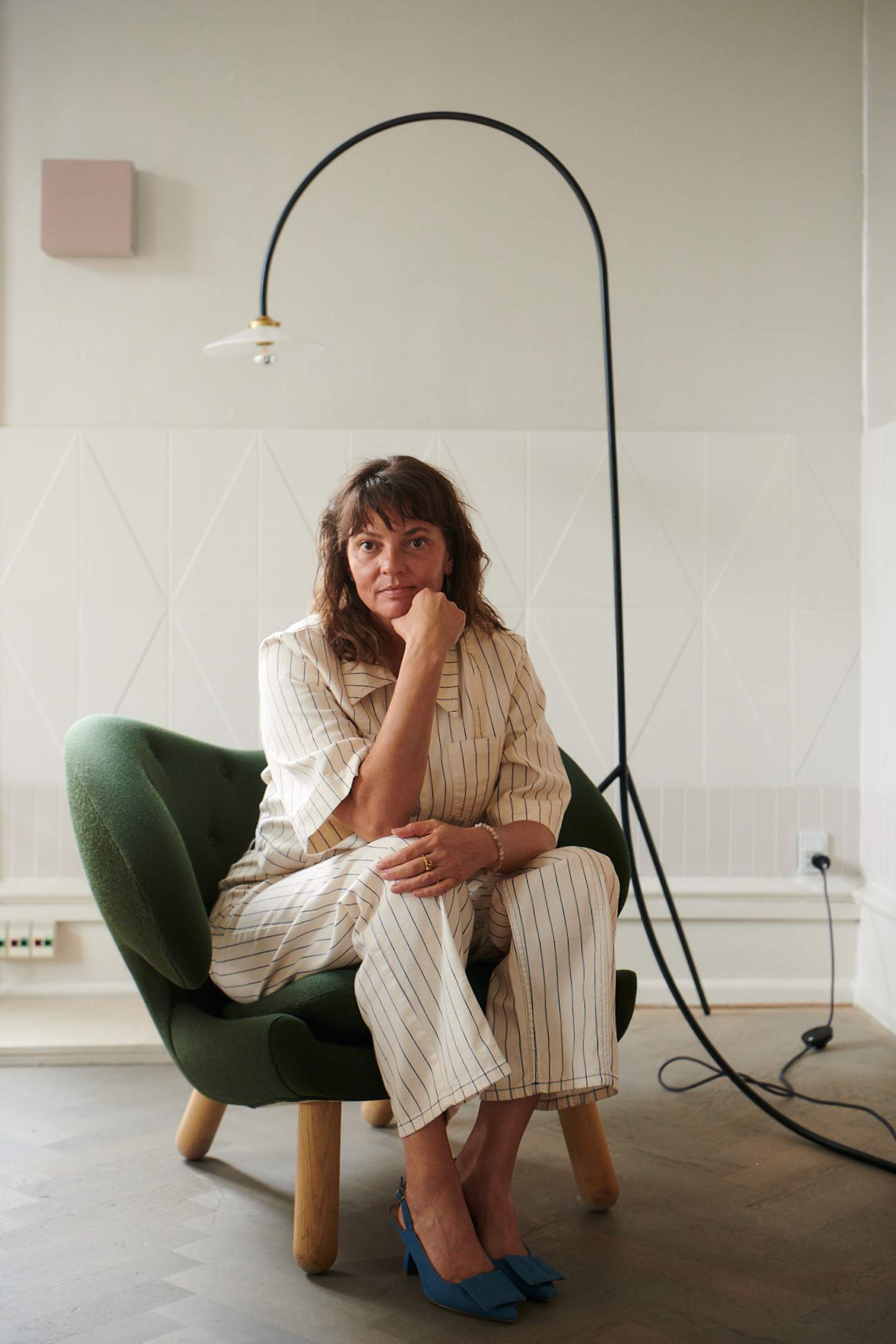
“We understand design on so many levels in Denmark,” says Maria Bruun, one of the new and award-winning stars of Danish furniture design. “It is so deeply rooted in us through everything we are exposed to, from the cycle lanes to the signage.” monocle meets her in her Østerbro showroom, where she’s gathering pieces to send to a new exhibition in Jutland, to discuss the rise of the new generation of Danish design. “Design has been a huge part in creating good social structures here.”
Over the past 20 years, there has been an explosion of talent and success in Denmark. Today, design permeates every aspect of Danish industry and society, significantly boosting the economy and the quality of life here. But where did the wave start? Was this the Danish equivalent of South Korea’s government-supported Hallyu?
The country’s well-documented mid-century design heritage provided a foundation. “Danes have design in their dna,” says Signe Byrdal Terenziani, ceo of Copenhagen’s 3 Days of Design – now the Nordics’ leading design festival. “One reason is that, long ago, our government decided to support the industry by using Danish furniture in public spaces, waiting rooms and hospitals.”
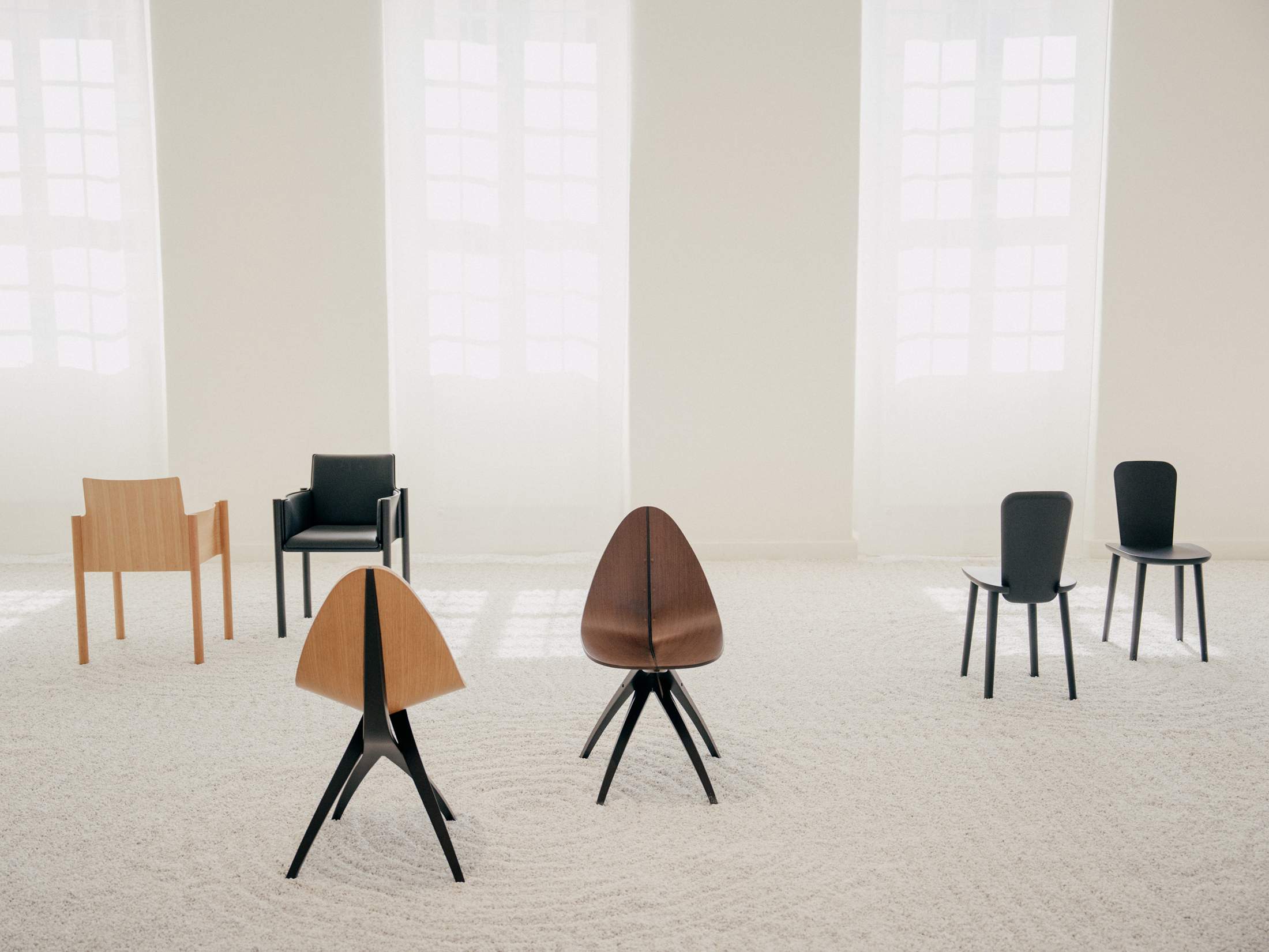

3 Days of Design Founded in 2013, this event brings together 400 exhibitors every June, including local firms Vipp and Louis Poulsen, and global brands such as Koyori. It’s Scandinavia’s flagship design event, with furniture brands and independent creatives showing in galleries, halls shops, showrooms and churches around the Danish capital.
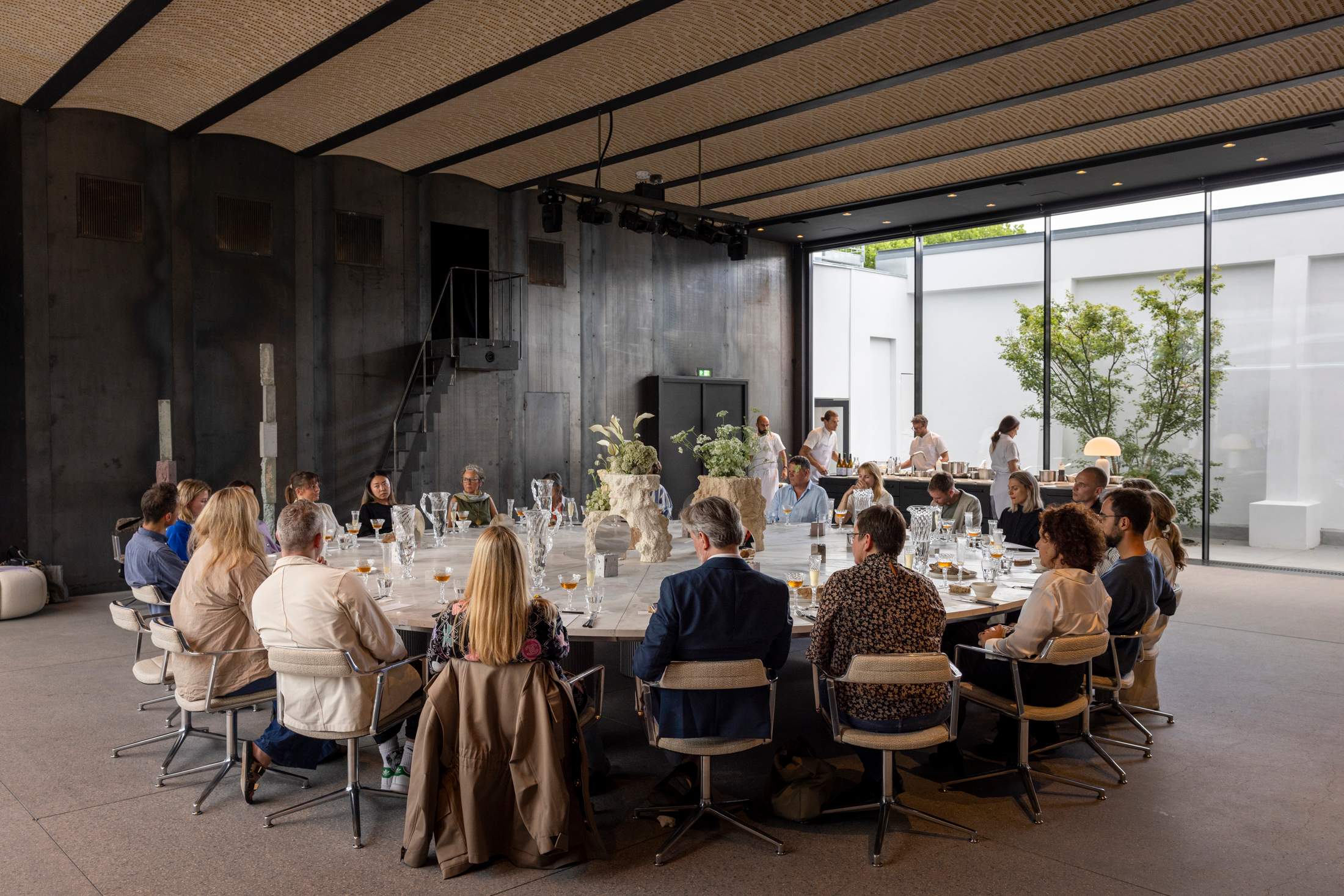
Wickie Meier Engström, director of textile recycling company Kvadrat Really, agrees. “My generation grew up with Arne Jacobsen chairs in our schools, Poul Kjaerholm in our banks. We are a whole nation brought up with very good design,” she says. “In the 1960s, using great designs in public buildings was a way for the expanding welfare state to show their citizens they were taken care of,” adds Henrik Taudorf Lorensen, who founded sustainable furniture brand Takt in 2018.
There are no net curtains in Denmark, so one of the great pleasures of visiting is marvelling at how well the locals live. Or, yes, snooping. You still see mid-century classics in many homes: the soft light from a Le Klint lampshade falling on a jazzy Finn Juhl sofa that cost more than a car; a PH lamp spotlighting a Børge Mogensen Sled chair for which you would gladly exchange a kidney.
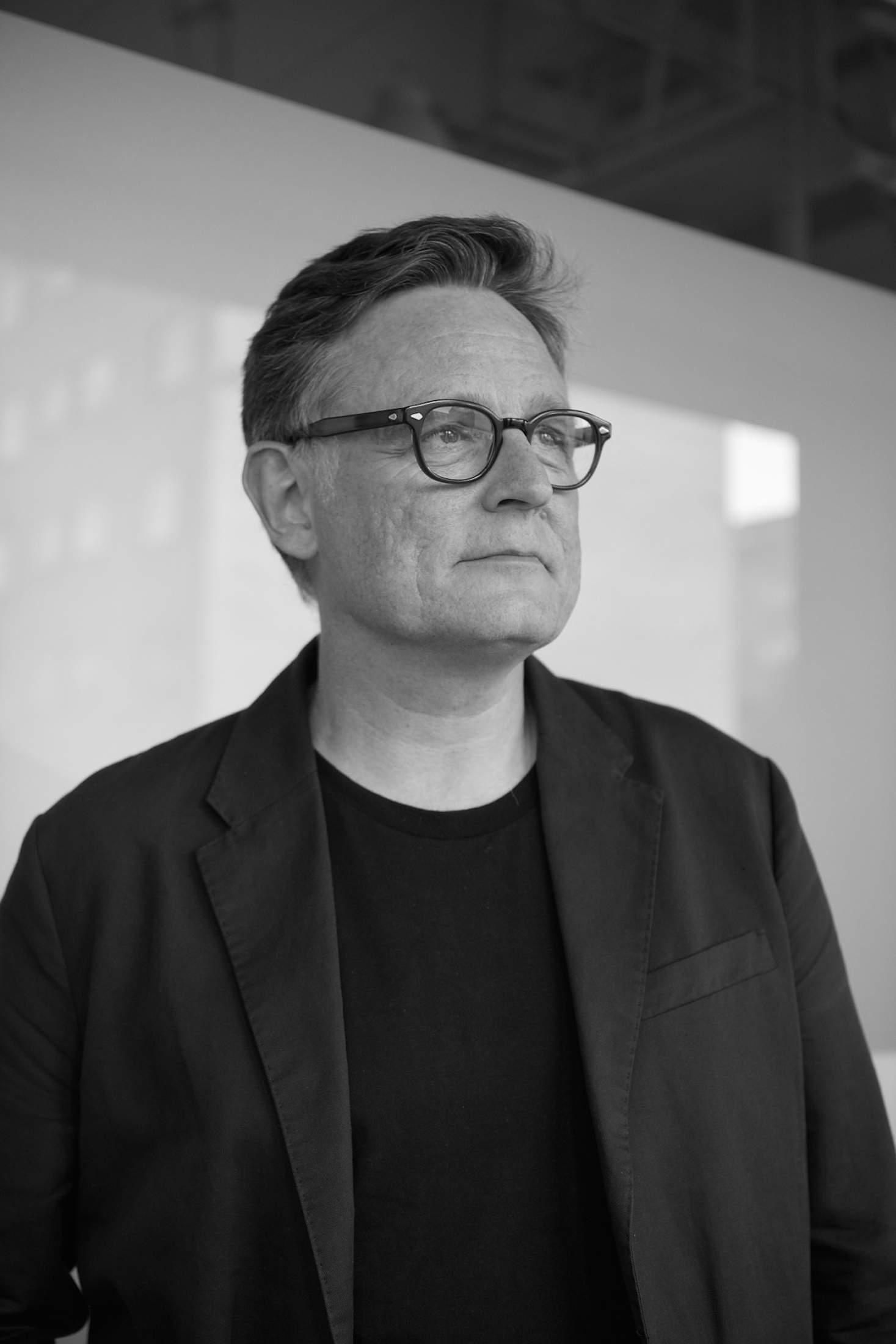
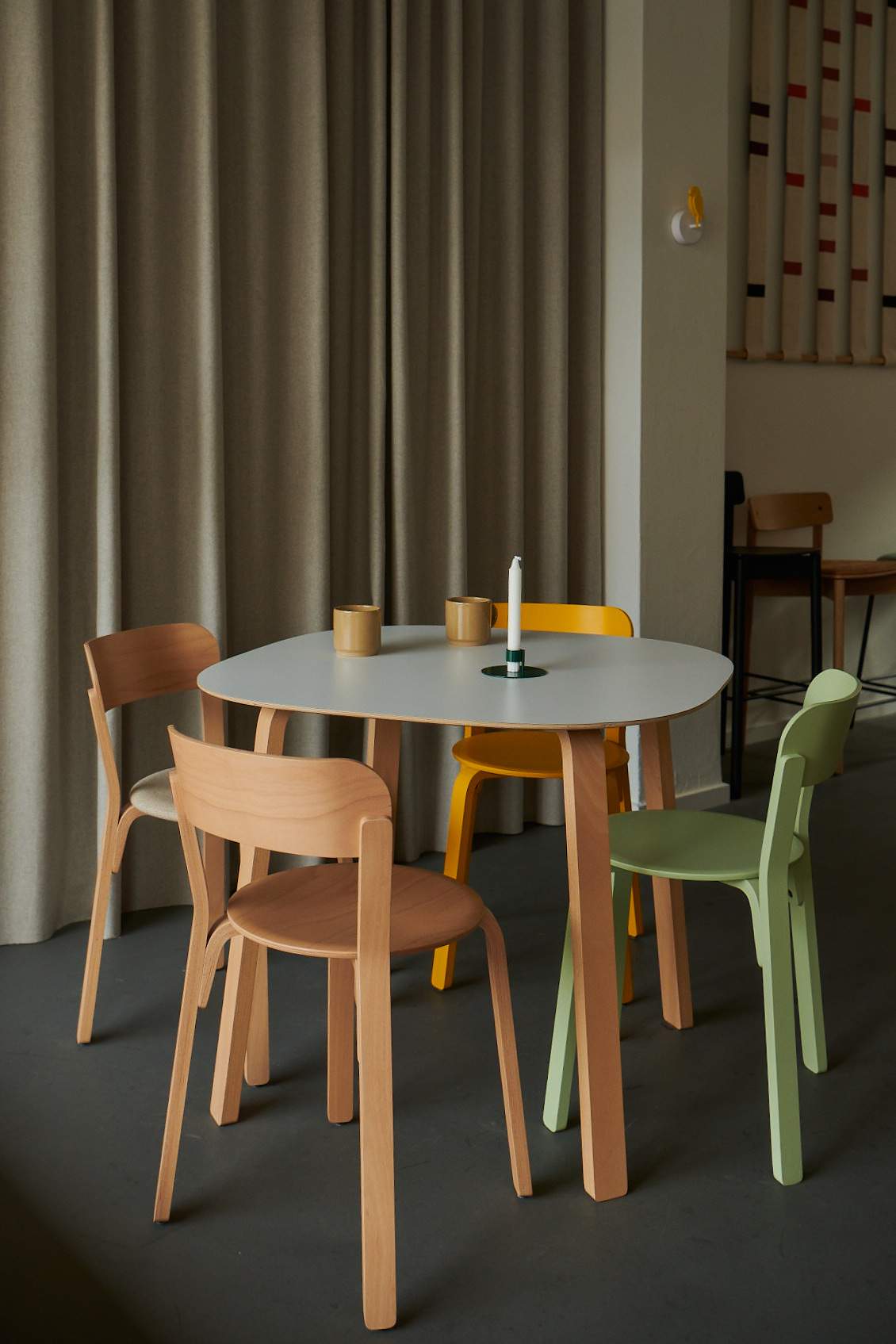
Sustainability
Pushing circularity and sustainability is a shared cause across the Danish design scene, with brands actively improving their green credentials. Case in point: Takt. Founded in 2018, it makes repairable or modifiable furniture with transparency over cost. It has a mark-up of two times its production cost, instead of the typical five time increase.

But you will also encounter great contemporary design elsewhere too. It’s everywhere, from the moment you land at Copenhagen’s Kastrup, cross the Hørning hardwood parquet floors of the arrivals hall and pass directly to the driverless Metro, before wafting smoothly into a city where, thanks to local urban design guru Jan Gehl, humans are prioritised over cars.
Travel beyond the capital and you can enjoy the extravagance of an elegantly lit motorway bridge, visit spectacular museums such as Henning Larsen’s Moesgaard in Aarhus, or admire the clear yet characterful typography of train platform signage. Turn on the TV, meanwhile, and prime time on dr1, you can currently catch series five of one of the most hotly discussed shows of recent years: Danmarks Naeste Klassiker (Denmark’s Next Classics), in which up-and-coming designers compete to create – you guessed it – a new chair. Danes don’t just live with great design; they discuss it, fret over it, laud and applaud it. And that makes all the difference.
Spend some time here and you will also experience less tangible forms of thorough-thought design at work: the systems and strategies that help the country function so well; the design that positions the Danes among the richest people in the world per capita even though they work the fewest hours of any oecd country; the kind of design that means this supposedly agricultural nation of 5.9 million is home to the world’s largest shipping, toy and pharmaceutical companies.
It’s big in beer, clothing, green energy, facility management and robotics too. Their pharma giant, Novo Nordisk, is the largest company of any kind in Europe in terms of share value. Novo, whose growth almost single-handedly kept Denmark out of recession last year, reportedly employs several times more designers than any of the largest design companies. This is nothing new: the great master builder Arne Jacobsen used to design its factories, its furniture and its in-house magazine. Design seemingly pervades every aspect of business and private life here.
According to public-private marketing organisation Creative Denmark, last year the combined creative industries generated a revenue of €57.1bn (total Danish gdp is €373bn). That figure has grown by 34 per cent since 2014 and more than 60 per cent is directly from design-related activities. But these days, it is more difficult than ever to properly quantify the whole contribution of design to the Danish economy because this new design boom permeates everything, from top to bottom.

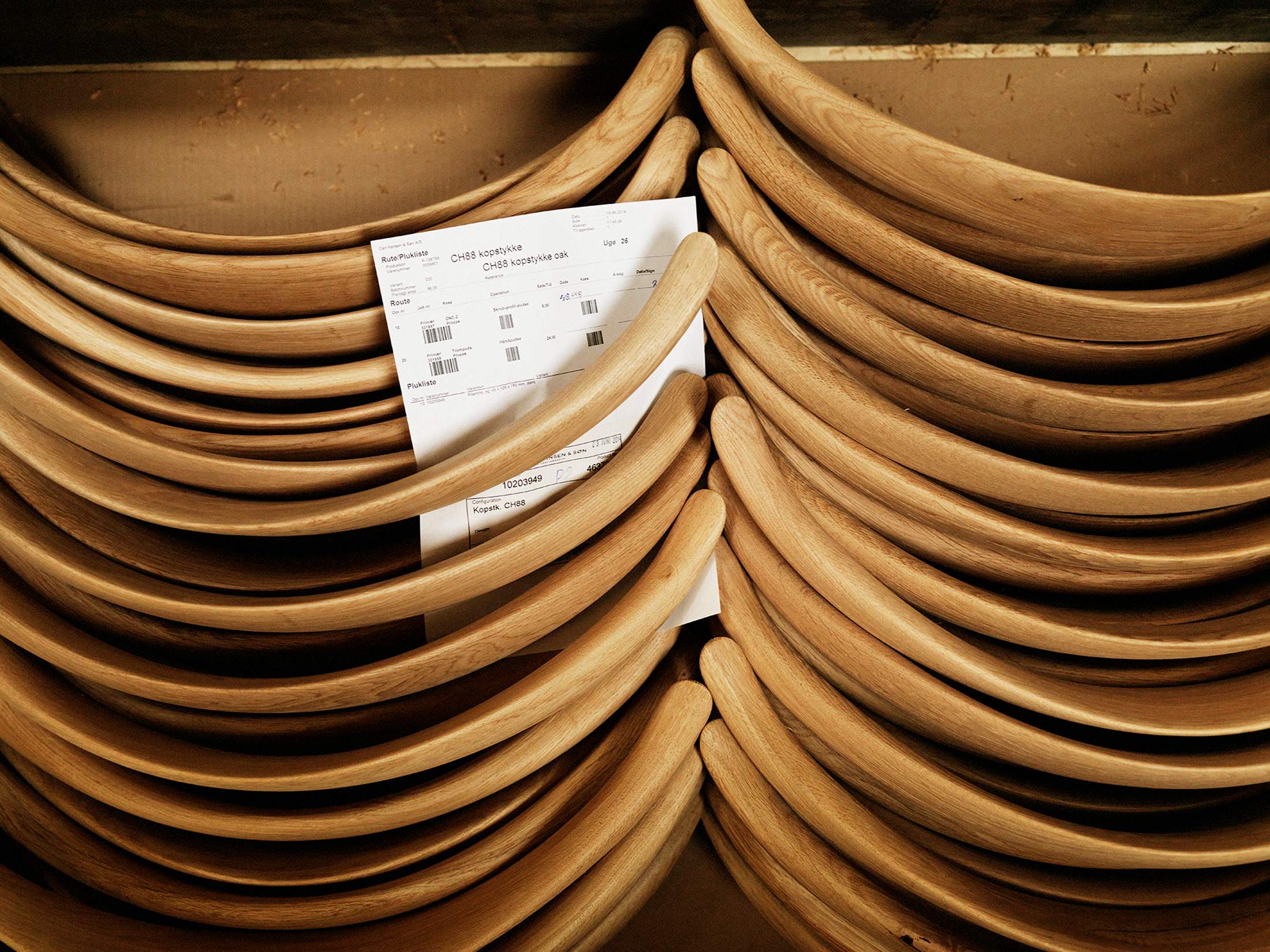
Heritage brands
From the late 19th century to the 1960s, Fritz Hansen, Fredericia, Carl Hansen & Søn and Kvadrat established Denmark as a global design destination. It’s a legacy that they’re building on, with initiatives like Kvadrat Really, which turns textile waste into hardboard for furniture production, tabletops and felt.
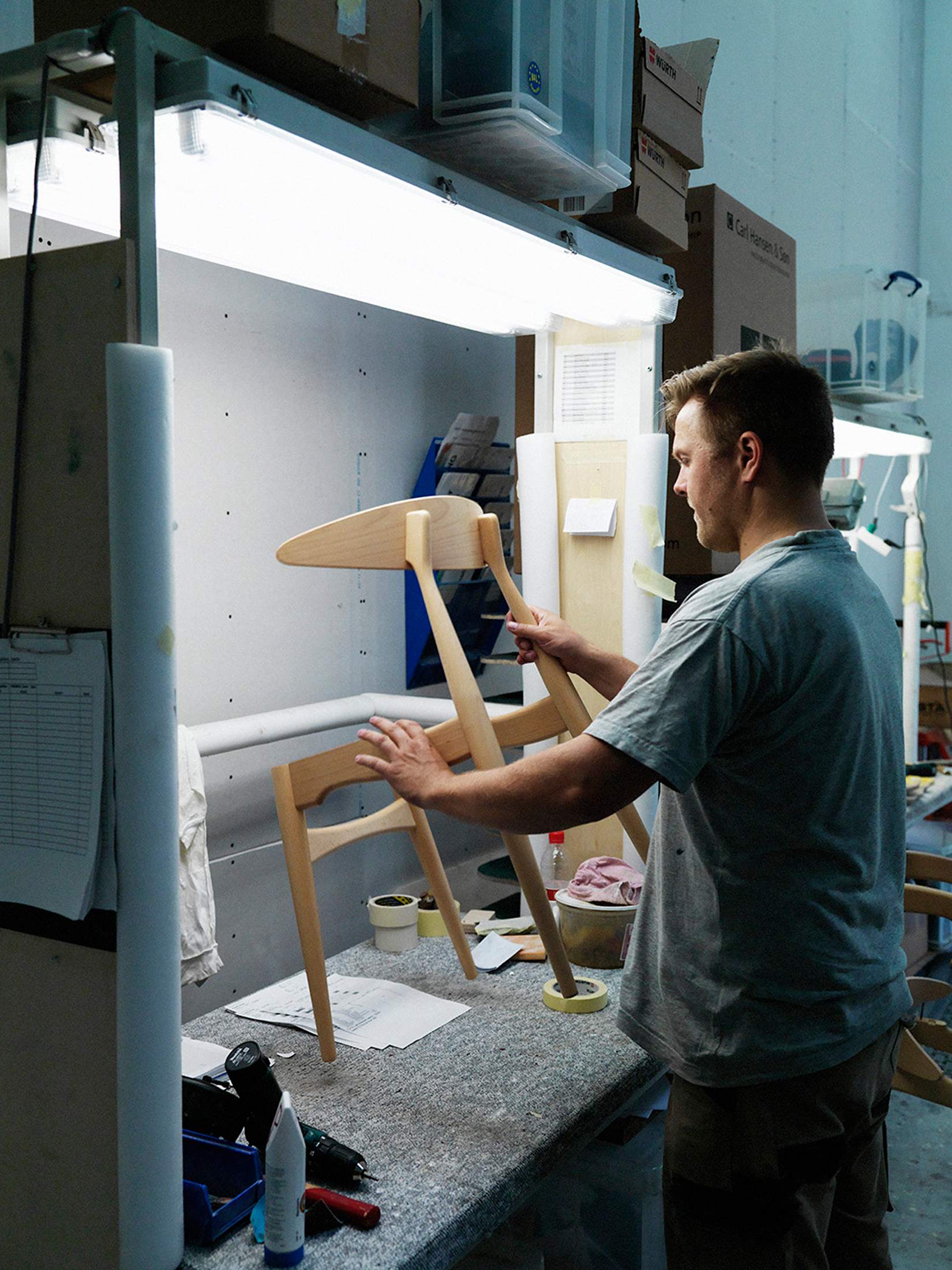
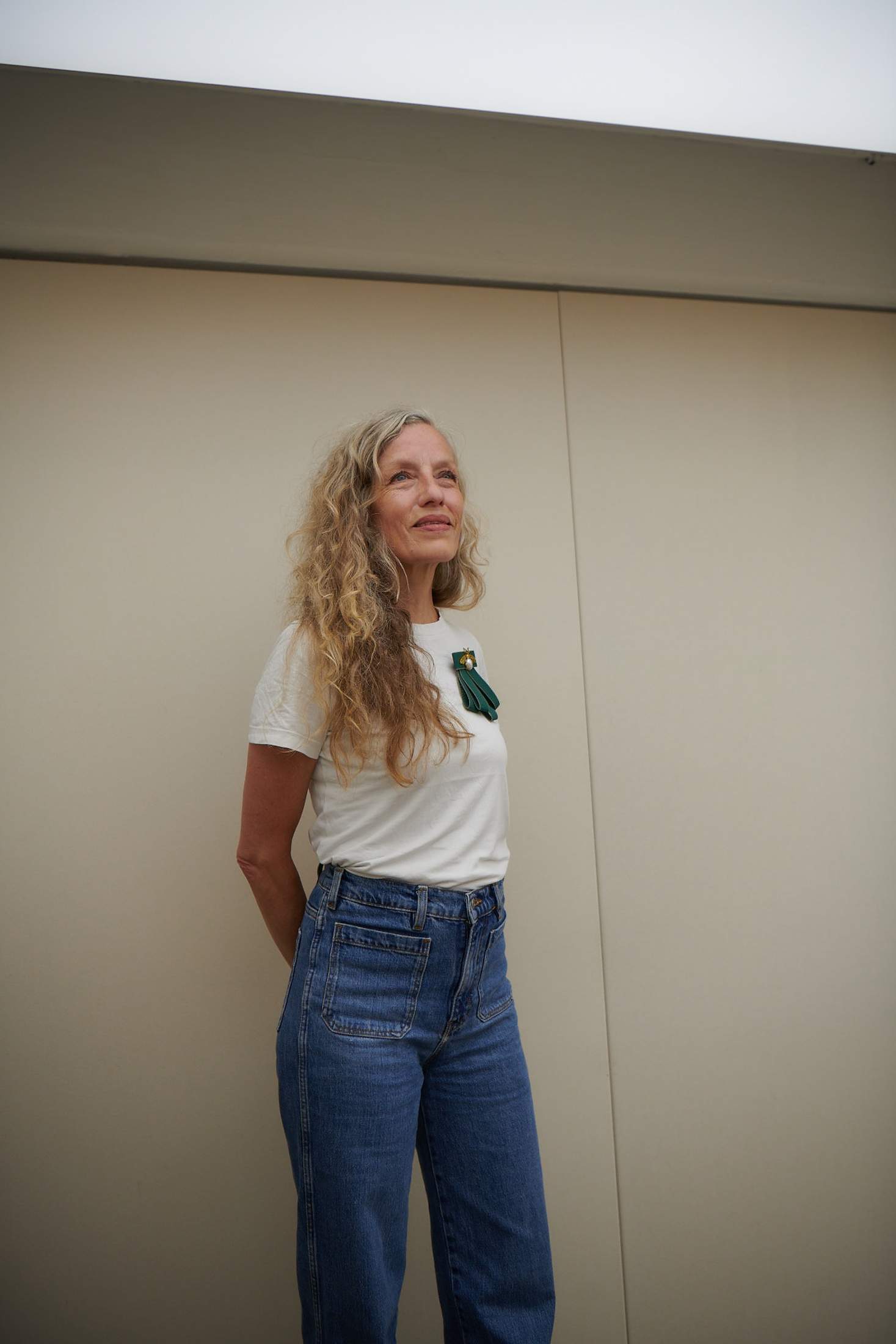
But it wasn’t always this way. For decades those mid-century titans of design were more of a burden than an inspiration. “A discussion we had for a long time in the design community was that Arne Jacobsen was so broad that nobody could pass him,” says Bo Linnemann, founder of Kontrapunkt, arguably Denmark’s leading brand agency of the past 40 years. monocle meets Linnemann and his son, Philip, a partner at the firm, at the former’s home (which just happens to be the house and studio that Jacobsen built for himself in Klampenborg in 1951). Linnemann, however, believes the current generation of Danish designers are finally moving beyond the legacy of Jacobsen and his peers.
One visible manifestation was the rise of furniture and homeware companies such as Hay and Muuto, which brought high-quality Danish design to the high street in the 2000s (both were subsequently bought by US furniture giants). Bjarke Ingels, now a world-renowned architect, founded his studio, big, in 2006, with its first iconic building, 8 House, completed in 2011. Key fashion names such as Stine Goya, Henrik Vibskov and Ganni emerged, the latter pioneering mass-market sustainable fashion. Multi-disciplinary design studios such as Norm Architects and oeo, and furniture companies like &Tradition, Frama, Mater, and Menu (now Audo) redefined contemporary Danish interior style. DesignIt, Kontrapunkt, Barkas and e-Types made huge waves internationally in strategy, brand design and typography. And a shoutout, too, to Vipp, which somehow turned a pedal bin into a lifestyle.
The great industrial designer Cecilie Manz came to prominence around this time too, as did Dorte Mandrup, one of the country’s most acclaimed architects of the past 20 years. And crucially, two new trade fairs blossomed that transformed the way their industries spoke about the world. The biannual Copenhagen Fashion Week (which runs alongside the Copenhagen International Fashion Fair) is a leader in sustainability in the industry. Meanwhile, furniture-focused 3 Days of Design shirked presentations in trade halls for sunny showcases in showrooms and galleries in the middle of Copenhagen’s summer.
There is a consensus that the one thing we are definitely not looking at here is a government-driven Danish Hallyu. “It came from industry and creativity first,” Ditte Lysgaard Vind of the Danish Design Center tells monocle. “We are independent, for instance – and 3 Days of Design has never had government grants.”
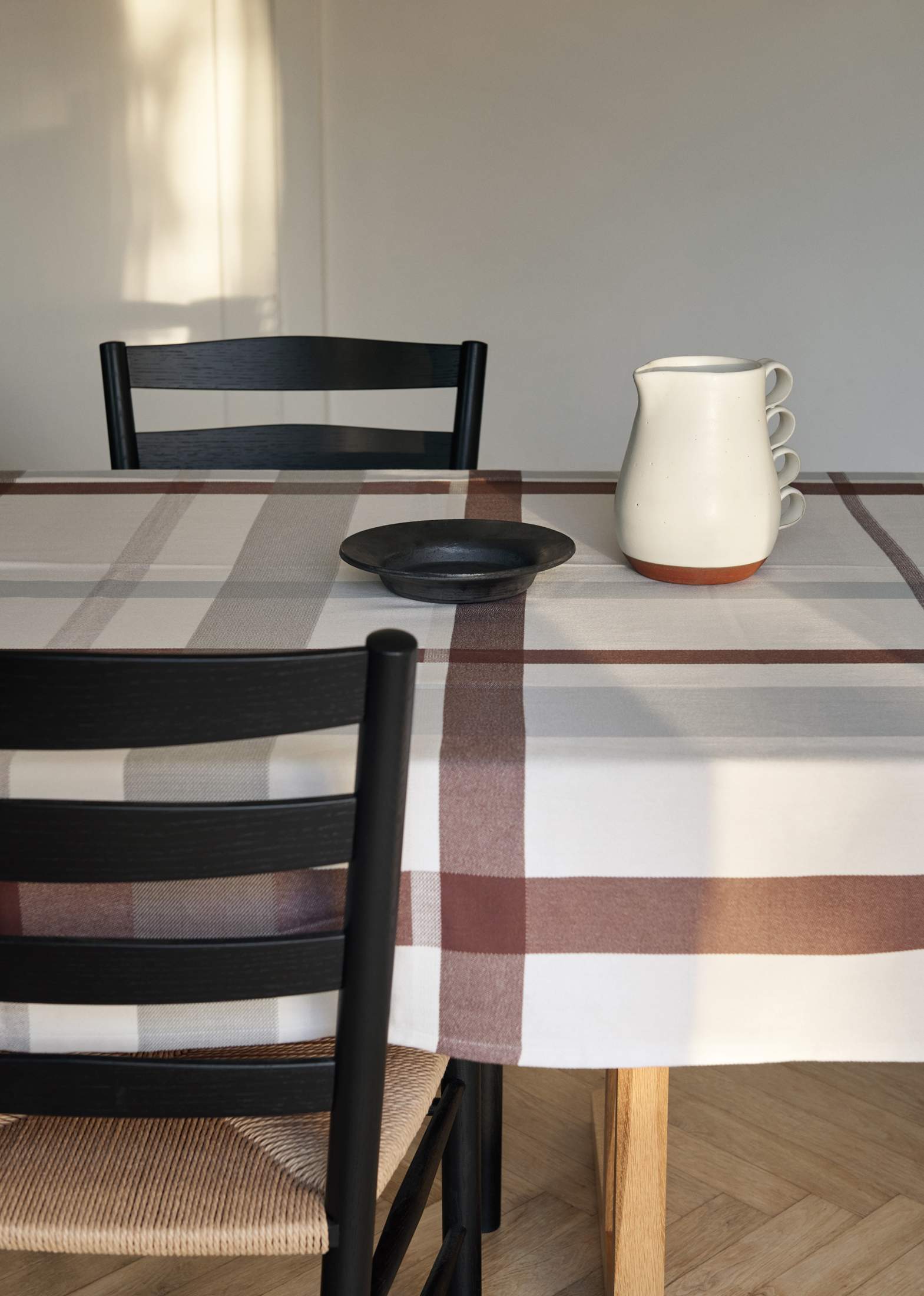
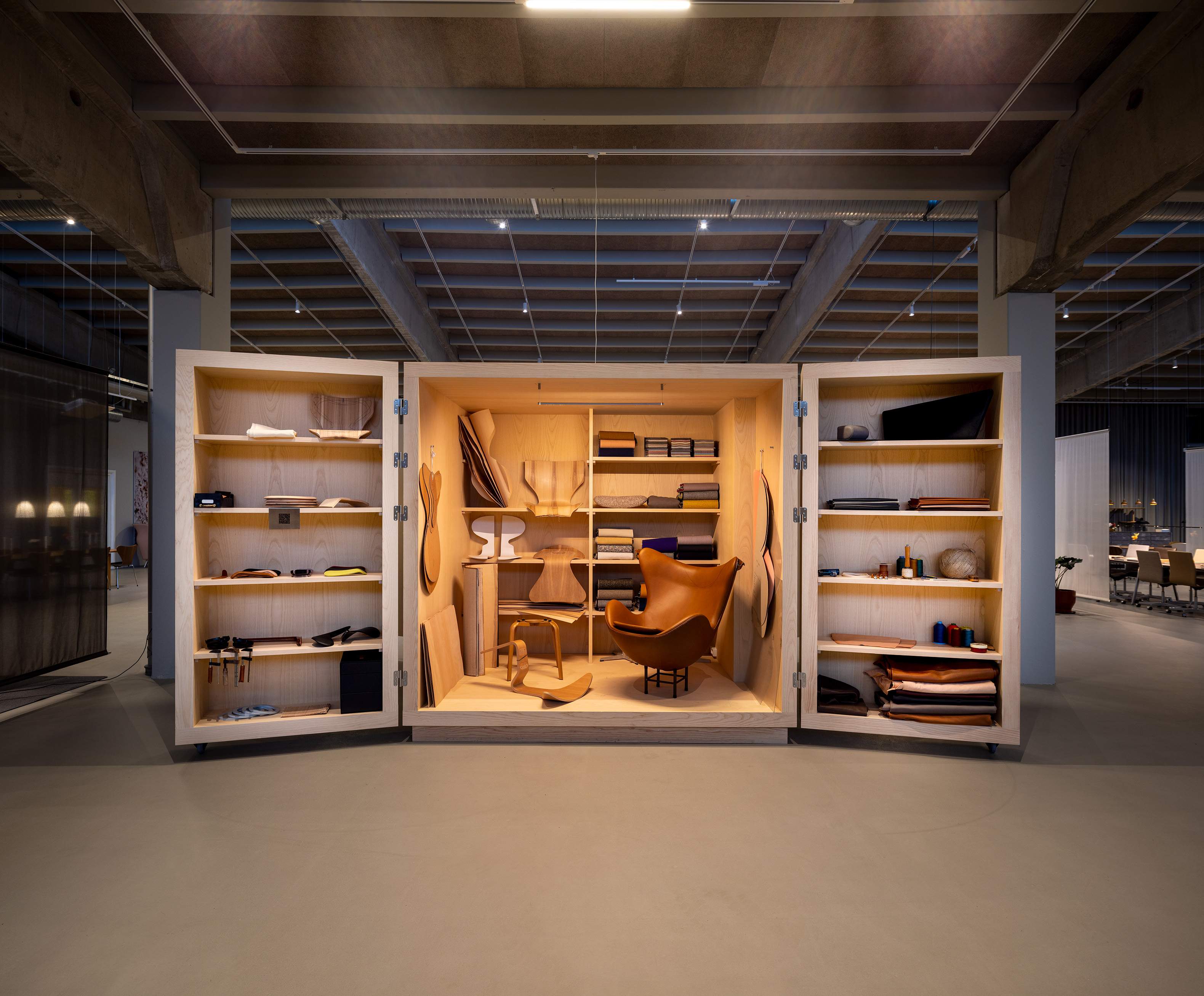


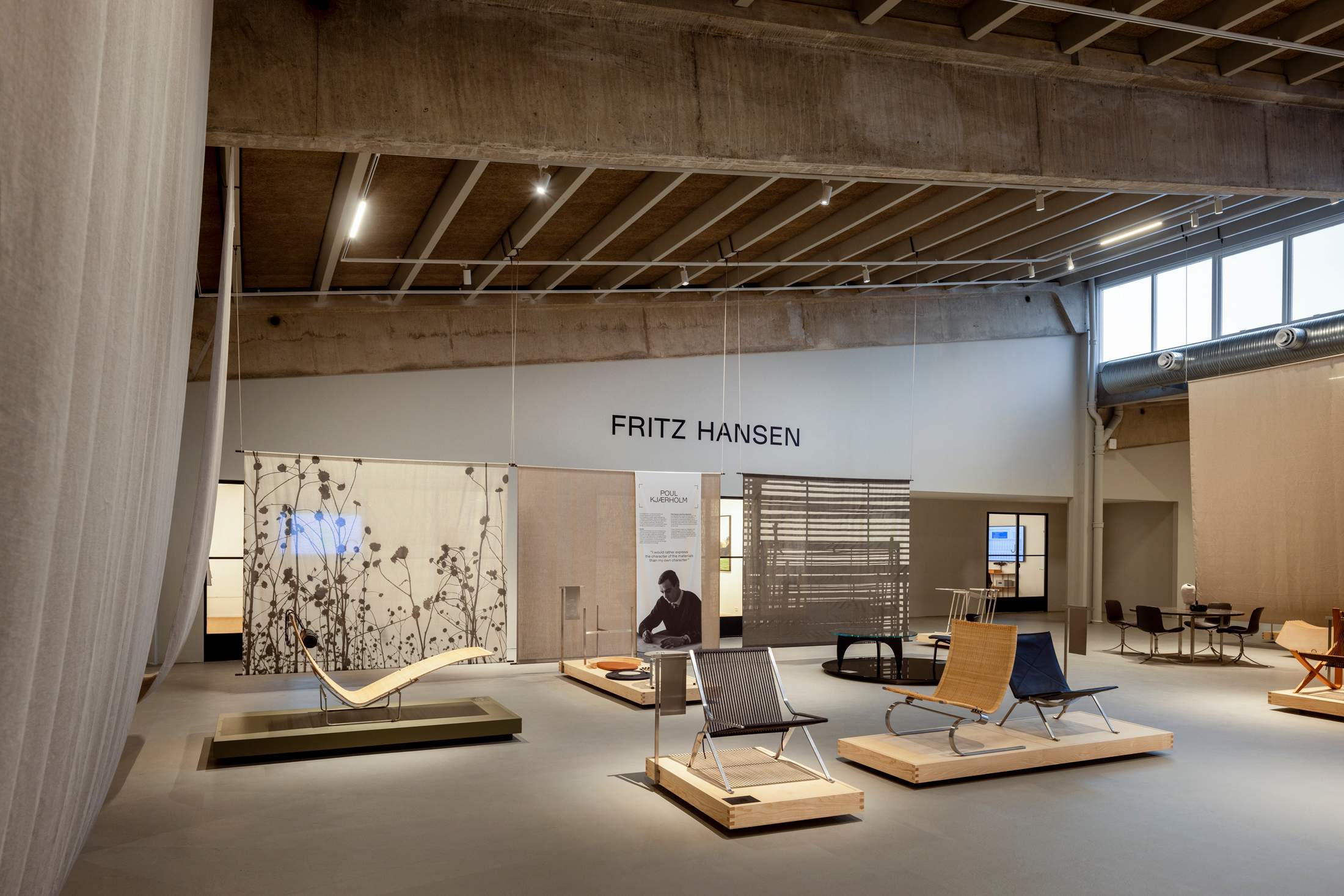
“The government produced a growth plan for the creative industries in 2019,” says Lukas Eedes, who is responsible for fashion at the (partly government-funded) Creative Denmark. “That was a bit late, if you ask me. But the creative industries were already riding a wave by then.”
The state may not have initiated anything but it has always offered financial and advisory support for small companies and start-ups in the creative fields. “The government does a lot with export initiatives around the globe,” says Jacob Nannestad, who co-founded Umage, a furniture and lighting company with an emphasis on sustainability, in 2008. He has recently been in London and Seoul with other Danish brands as part of a government promotion. “The government helps make smaller companies stronger by bringing us together in a joint export project.”
Another key source of state support is the dkk29.4m (€3.94m) awarded to crafts and design annually by the Statens Kunstfond (the Danish Arts Foundation, part of the Ministry of Culture), as well as other money donated by charitable foundations, of which there is an extensive ecosystem in Denmark. The Danish welfare system plays its part too, of course. Not only are university tuition fees paid but students receive dkk5,500 (€740) a month. Upon graduation, there are decent unemployment benefits and other welfare provisions if need be. As Marie Grønkaer, co-founder of graphic design collective Alexis Mark tells monocle on a visit to its street-level studio and event space on the edge of Nørrebro: “It’s a huge factor that you are paid to study – you have no loans to pay off. And you have the freedom to fail.”
In terms of the design education itself, a dramatic change in approach at the turn of the century seems to have been another catalyst behind the boom. “From 2000, we included research in education – and that was a paradigm shift,” says Mathilde Aggebo, dean of design at the Royal Danish Academy of Architecture, Design and Conservation. Design went from being a practical, craft-based education to a more rigorously academic course. “Our superpower in Denmark is the artistic,” says Aggebo. “But it needs to be combined with the latest knowledge, and now our students know what they are talking about, they know where in the design process they are and can analyse and reflect.”
This shift to a more academic-oriented design education might explain the simultaneous rise to prominence of the social sciences within design and architecture. “We think of ourselves as in the centre of the triangle of anthropological thinking, design thinking and strategic thinking,” says Louise Vang Jensen, co-ceo of Is It a Bird, a pioneering strategic design agency with ongoing partnerships with Danish giants such as Maersk, Carlsberg and Velux windows (and a very cool open-plan office in a converted garage in Valby). Is It a Bird’s work starts with the end-user – their needs, their context – using extensive social scientific research to help companies form their products. For the past decade, Is It a Bird has helped to hone Novo Nordisk’s patient-centric. “In our view, innovation doesn’t start with a great idea for a thing,” says Vang Jensen. “It starts with empathy and being curious, being aware of not knowing.”
Bo Linnemann (whose Arne Jacobsen home monocle returns to) sees that humility as a key characteristic of the Danish approach. “Something I see when we work abroad is that our designers tend to listen more to their clients. We try to understand the challenge rather than come with a solution we believe will work.” Philip Linnemann traces this back to the 1970s. “It’s rarely talked about but the co-operative design movement that was founded here became participatory design in the USA, which became design thinking,” he tells monocle.
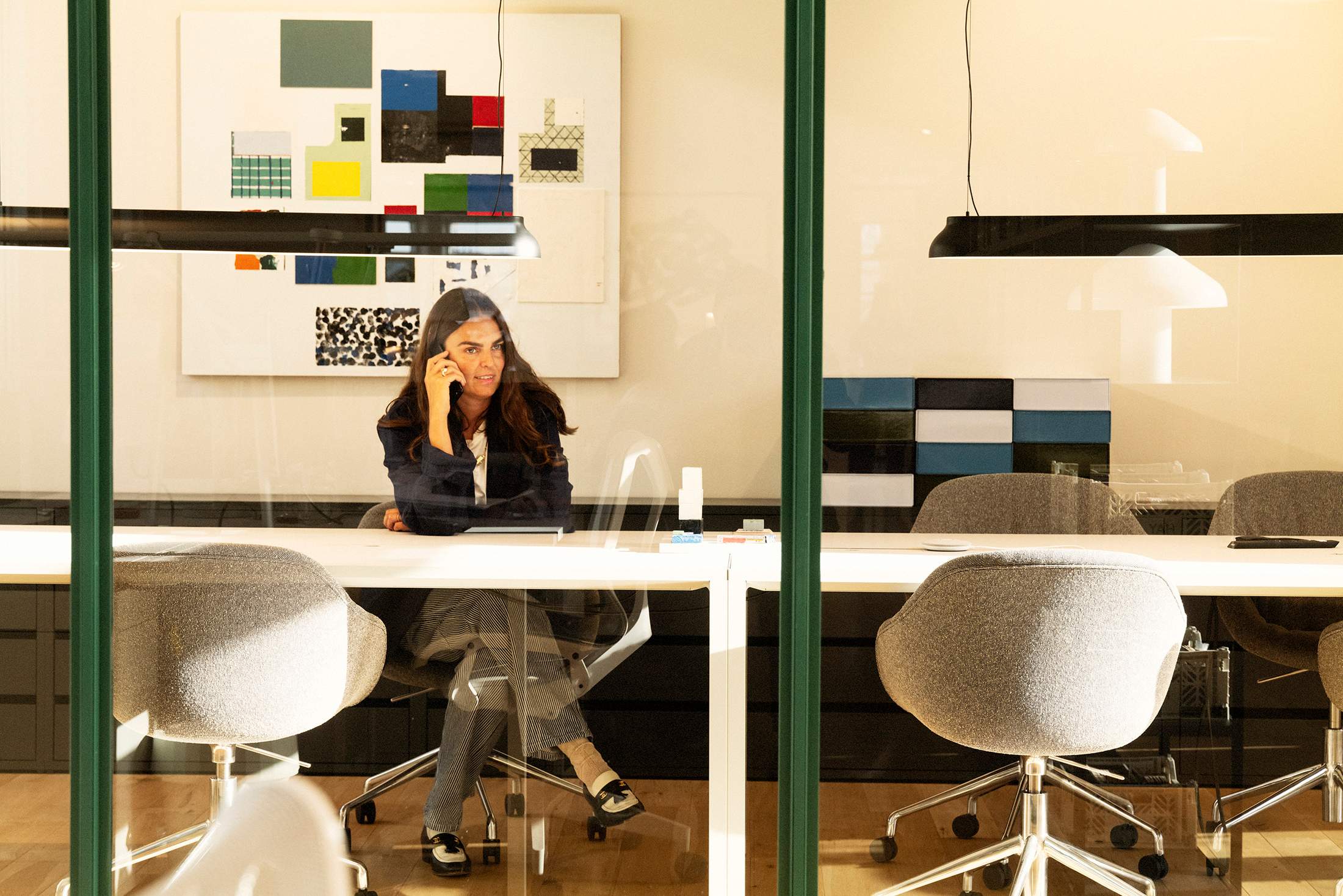
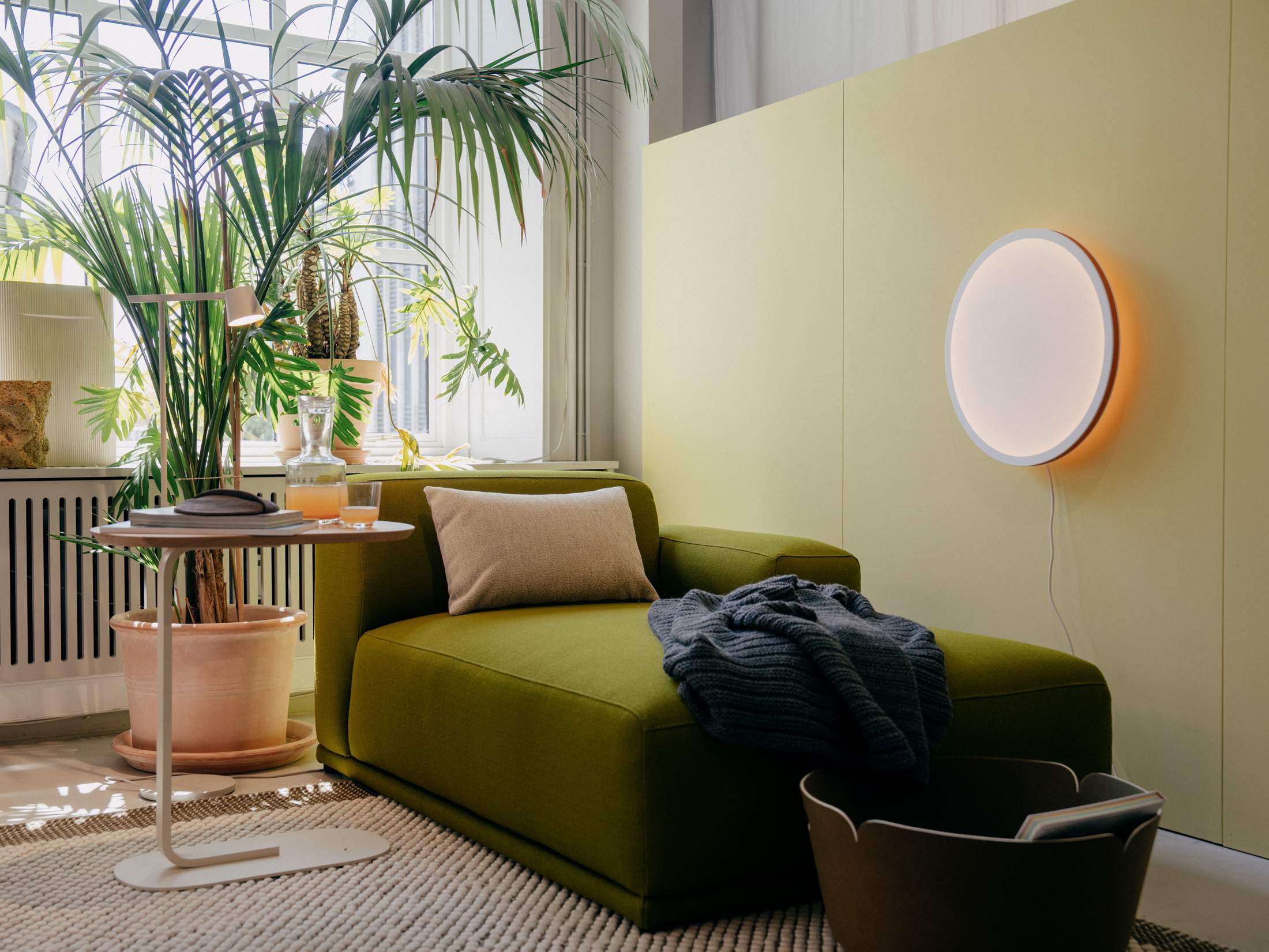
New generation
Brands such as Hay, Muuto and &Tradition are producing high-quality furniture and homeware, complemented by rising talent such as Maria Bruun, who works at the intersection between art, architecture and design.


Bo Linnemann is a certified legend in Danish typography and brand design. His clients include Novo Nordisk, Lego, the Danish royal family, the government ministry identities and numerous museums and municipalities. It is he that the Danes have to thank for that wonderful train service font, Via, for instance. He also has an interesting take on what happened in Denmark to spark the new boom. “I give a lot of credit to the Dogme 95 film movement and the Noma project. Both raised awareness of creativity in Denmark and influenced the design community.”
Noma, with which Kontrapunkt also worked, has been cited by many as a major catalyst for the surge in Danish design. “That passionate group of people inspired others, like the ripples on a pond,” says 3 Days of Design’s Terenziani. “There is a symbiotic relationship between food, restaurants and interior design that Noma showcased,” agrees Kristoffer Li of Alexis Mark.
There was definitely something in the air in Denmark at the turn of the century, then. But there were seismic shifts happening globally too. In 2008, the economic crash and eurozone crisis disrupted an unprecedented period of growth and consumption. Around the same time, Denmark took up semi-permanent residence at the top of the United Nations’ World Happiness rankings. With rampant capitalism no longer so appealing either economically or environmentally, the whole world wanted to know the little nation’s secrets.
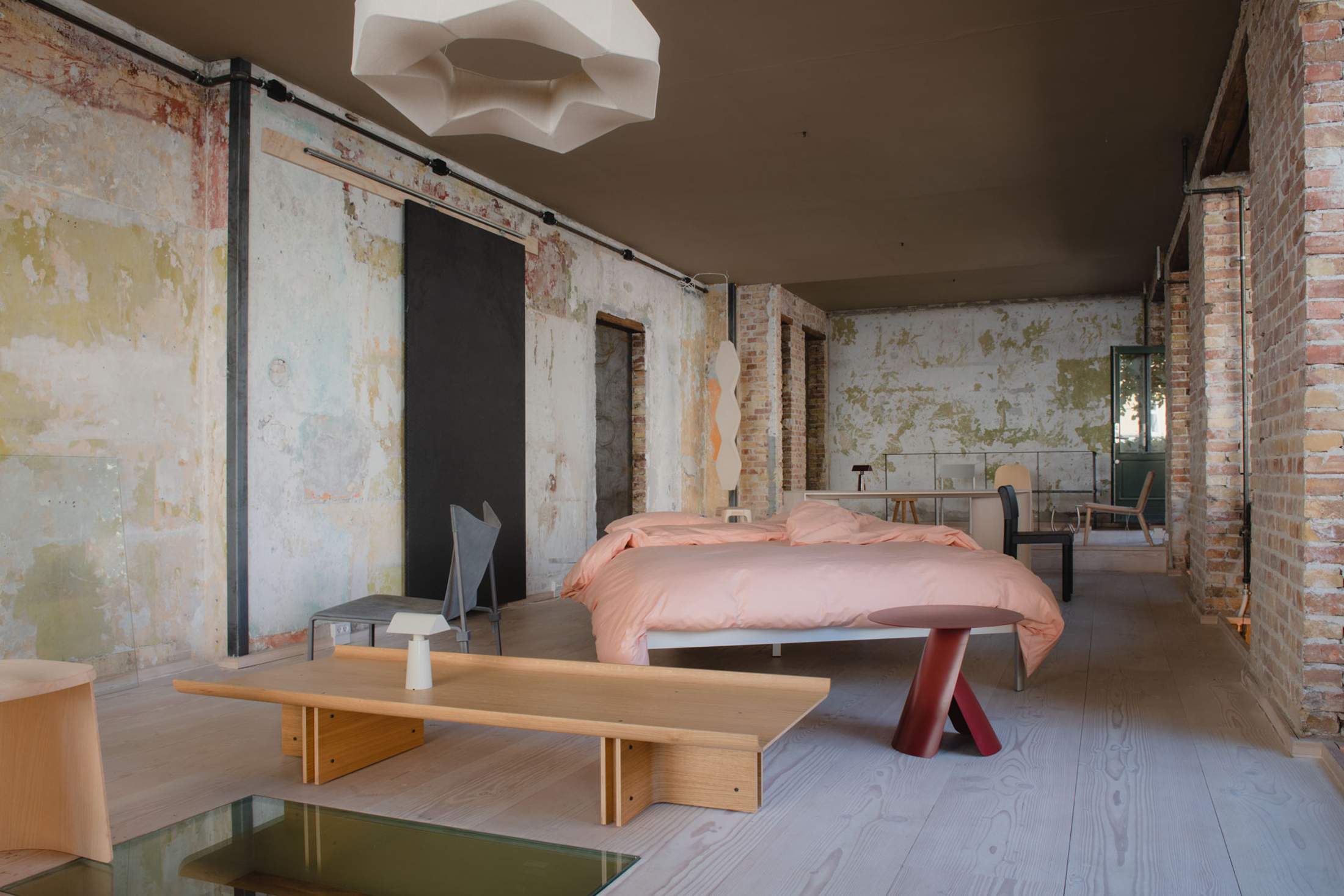

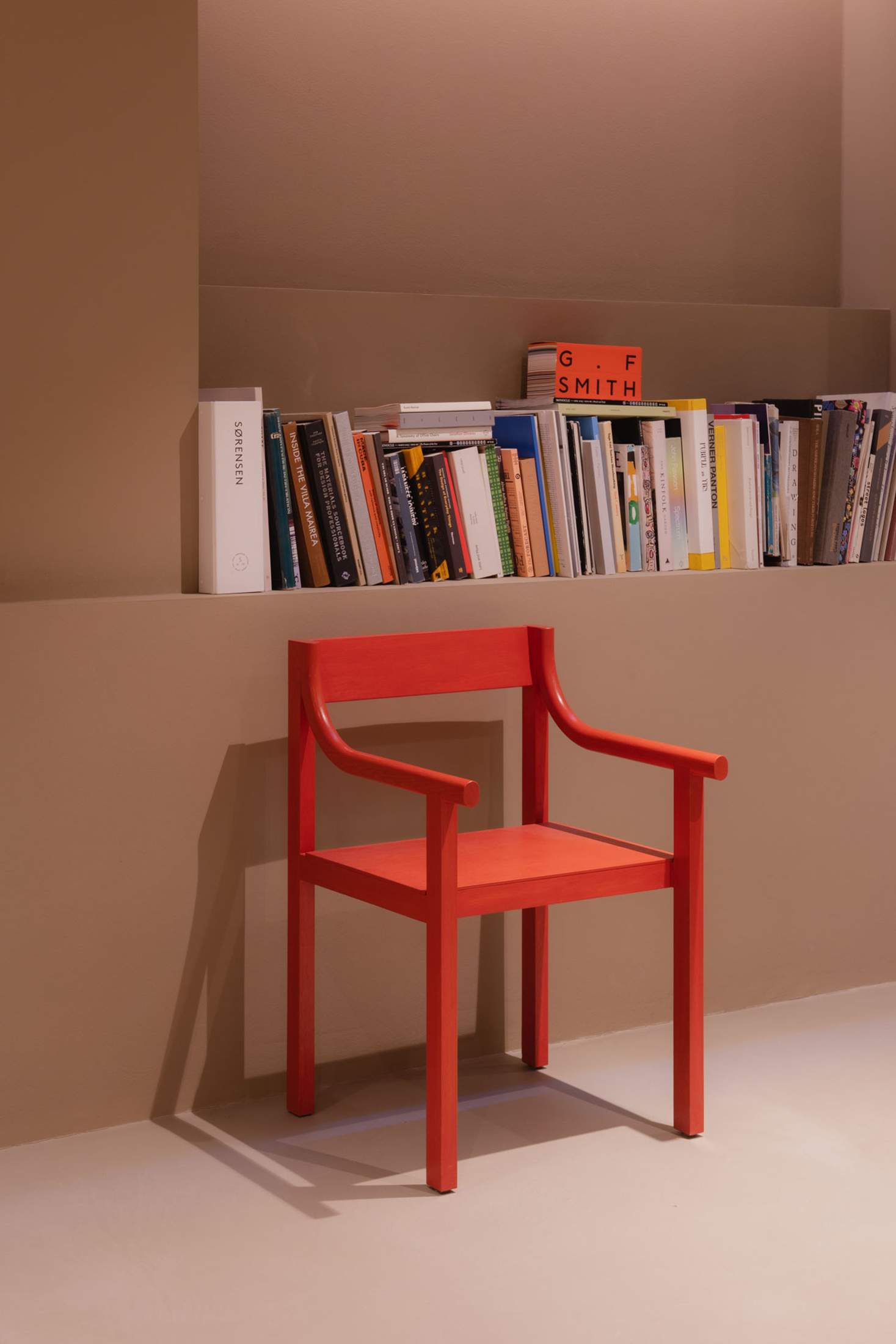
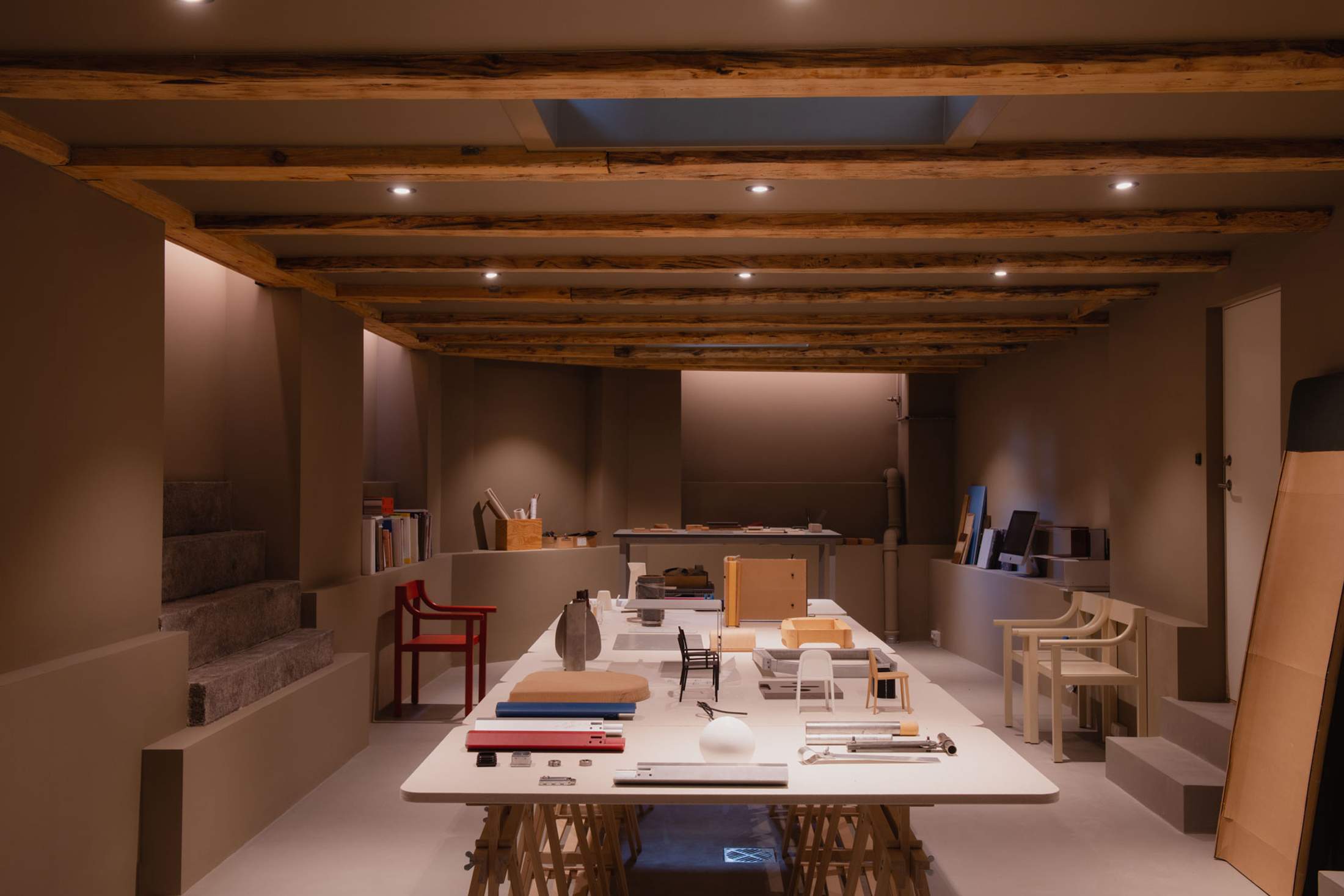
Emerging talent
Denmark’s strong social safety net inadvertently helps to nurture talent. Initiatives like Refugio, a shared studio space founded by furniture maker ReFramed and design practice Asca Studio, provide a welcome space for this young community. Designers such as US-born Cassandra Bradfield, founder of Asca Studio, and Italian-Uruguayan designer Matteo Fogale work here.
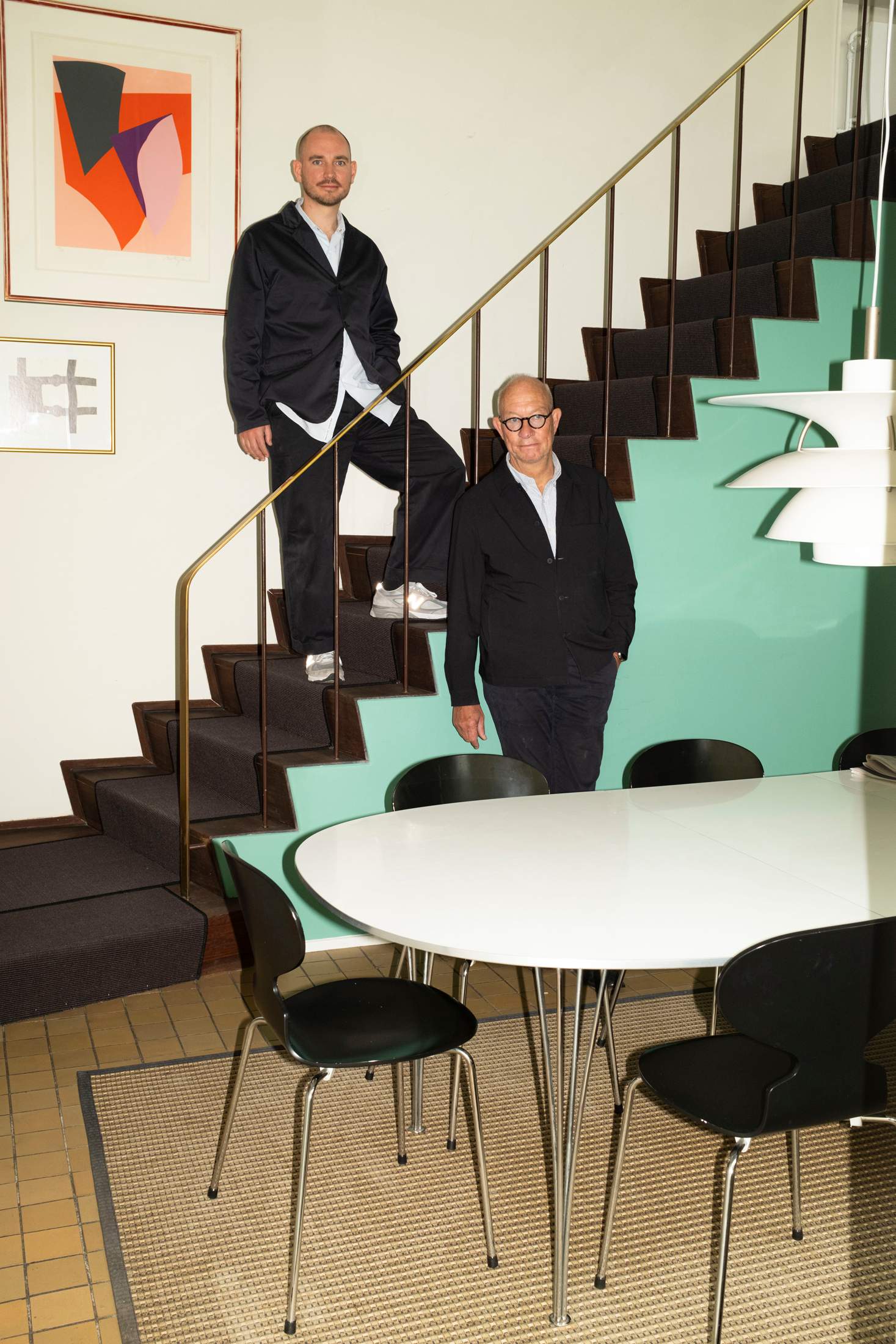

Graphics, branding and strategy
Alexis Mark produces award-winning typography, visual identity work and publications. There are also the likes of Is It A Bird, led by Louise Vang Jensen (pictured), which consults on strategy, and world-famous brand agencies such as Kontrapunkt.
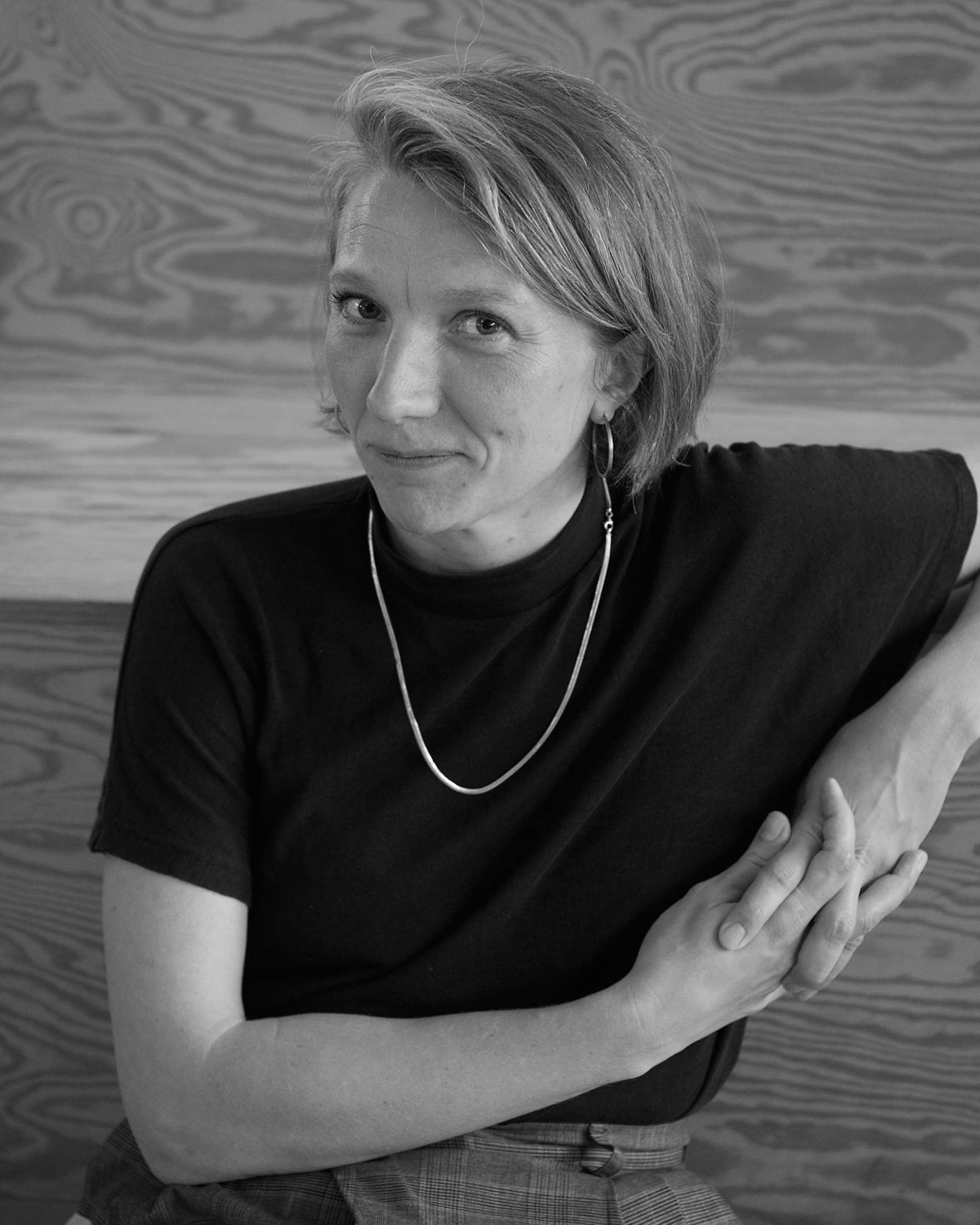

Serendipitously, around this time, other Danish creative fields such as fine arts, film and gaming stepped up to play a valuable role as a shop window for the country’s design. DR’s globally successful drama series – in particular political drama Borgen and noir thriller The Bridge, a co-production with Sweden’s svt – didn’t just depict a progressive, economic- and gender-equal society and open democracy, they also showed the world the refreshingly simple, functional, yet elegant way the Danes live. Did you happen to catch the Poul Henningsen Artichoke lamps and Mogensen sofas in fictional prime minister Birgitte Nyborg’s beautiful home and office?
The future challenge is, of course, climate change. “The sustainability focus has thrown new energy into the mix,” says Charlotte Engelund Thomsen of Creative Denmark. “Danish design is still aesthetically strong and functional but many companies are adding a new layer of sustainability.” For Terenziani, it’s imperative that the future of Danish design also involves human sustainability. “I would love designers to challenge the way we live. Be open to what scares us, because that’s how we learn and move on instead of just talking about, ‘We have this new couch in this new colour’.”
Aggebo also foresees a crucial role for designers in the green transition. “Good design can make sustainability high-status, it can seduce people to do differently.” It’s a point that Engström of Kvadrat Really agrees with. “Sustainability brings a new aesthetic and a new price point,” she says. “A new design language is emerging.”
And it’s this new design language that is being pushed not just by those in Denmark’s design industry but also the swathe of businesses – from pharmaceutical giants to shipping firms and globally renowned architecture studios – that readily employ and engage with the nation’s designers. As a result, Denmark has pulled ahead of its Nordic neighbours, helmed by a happy blend of talent, priorities and circumstances – a position that the design-obsessed Danes look set to consolidate. —


